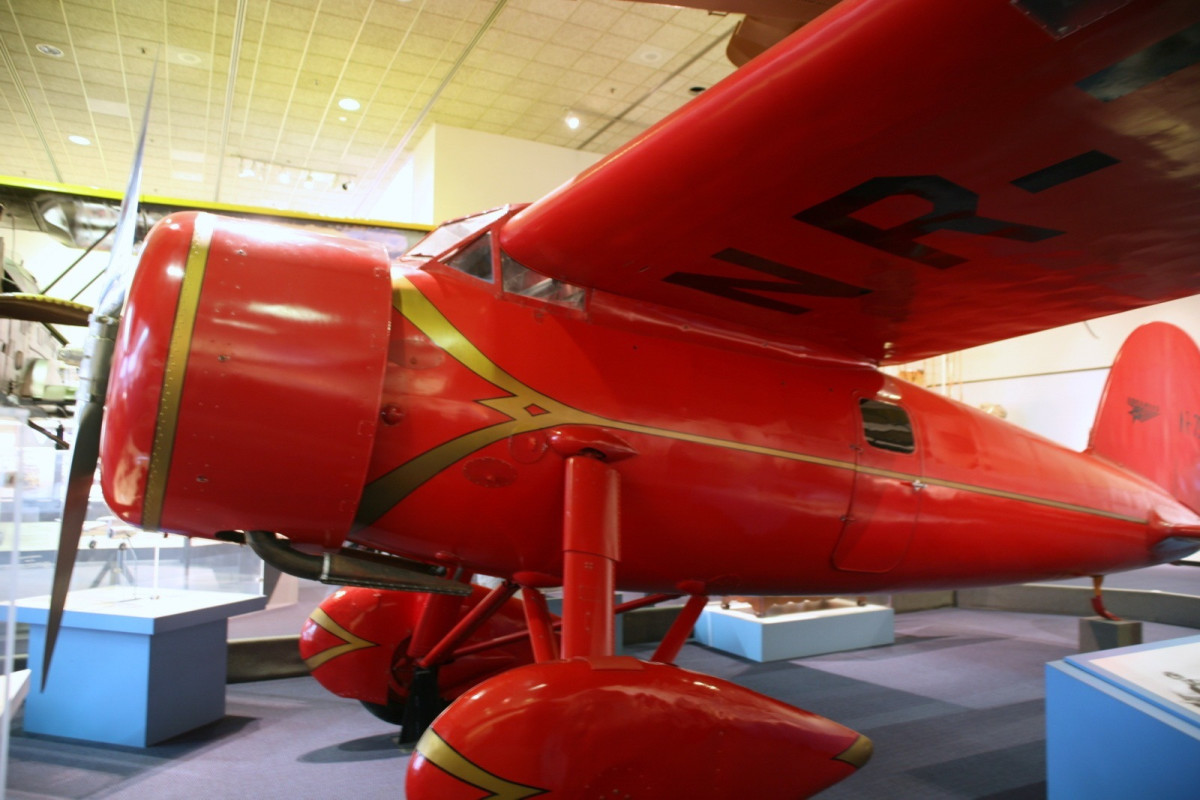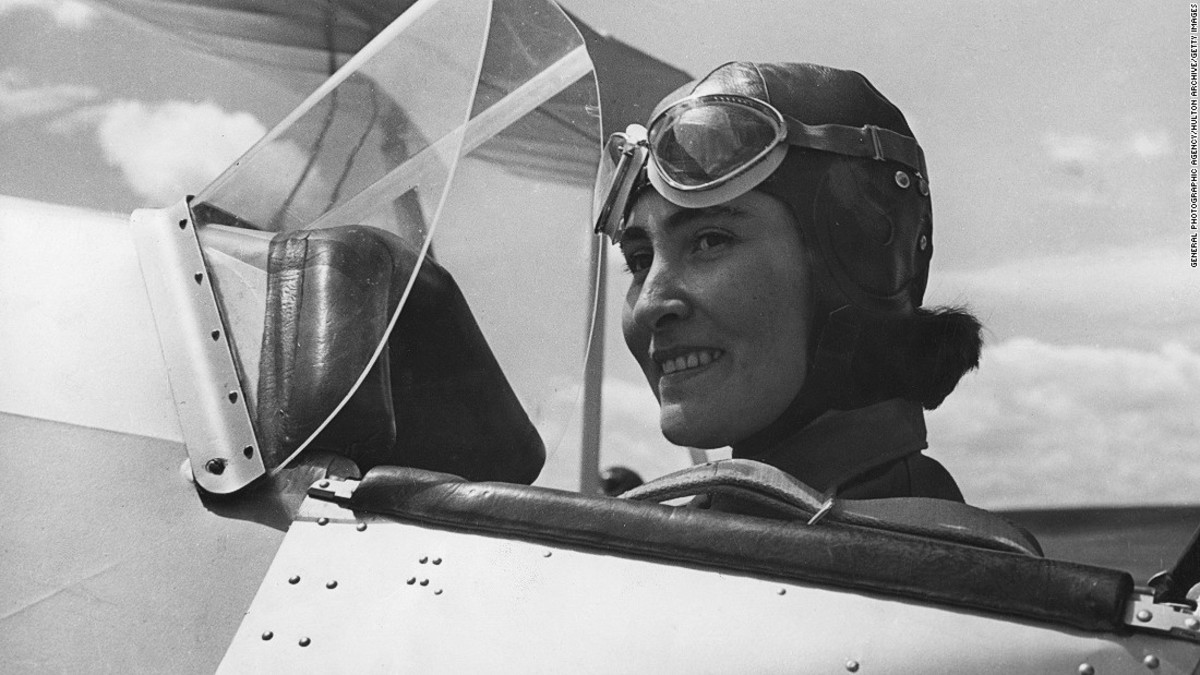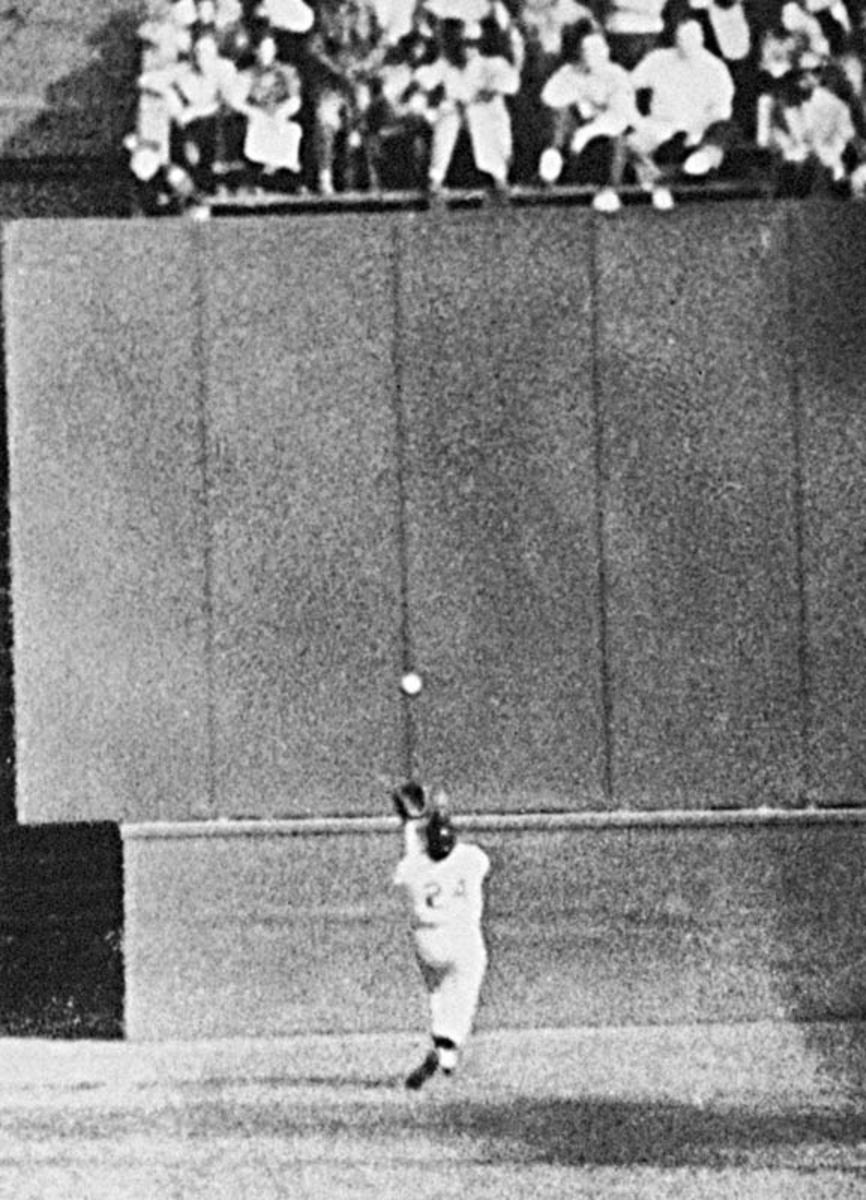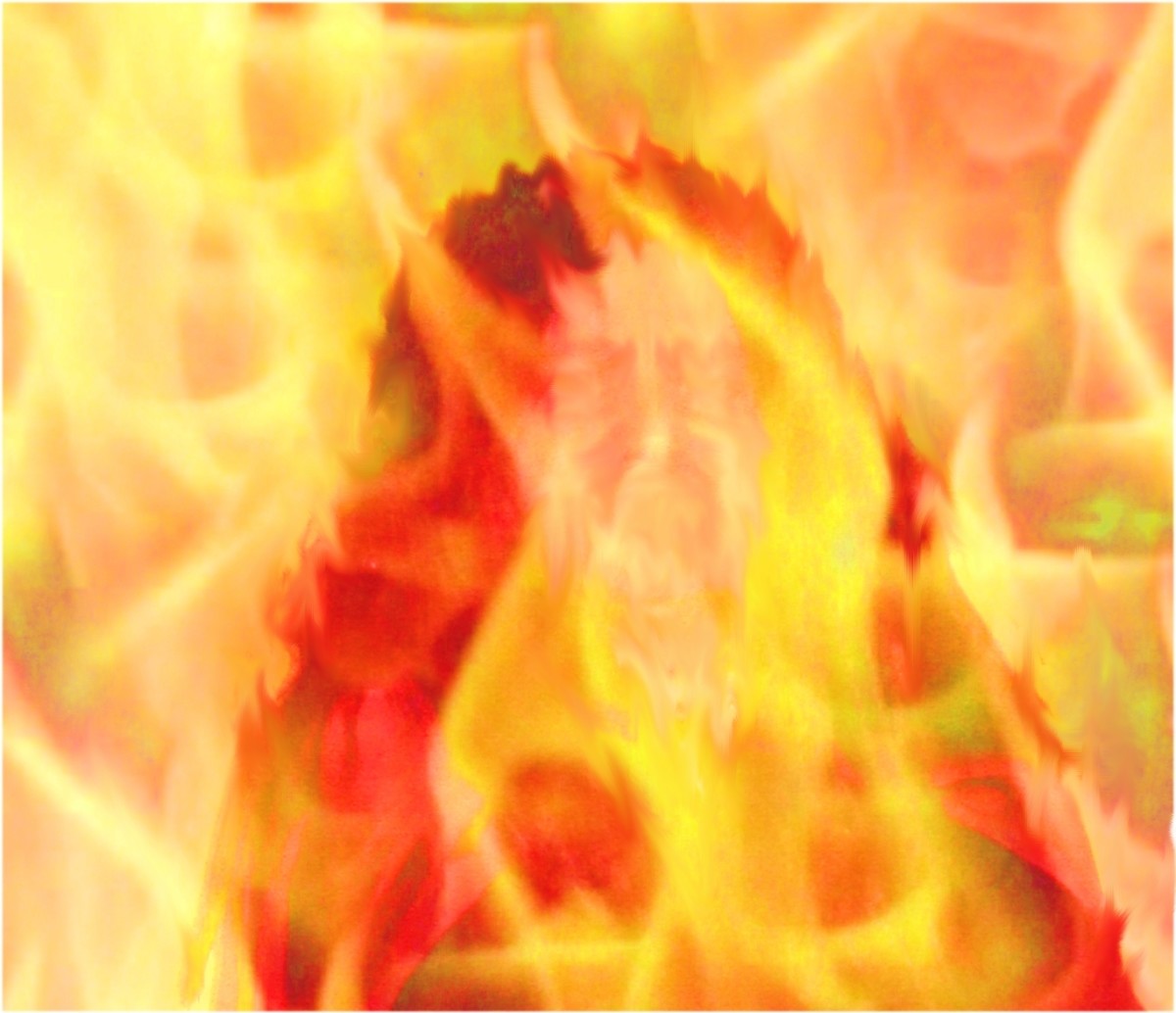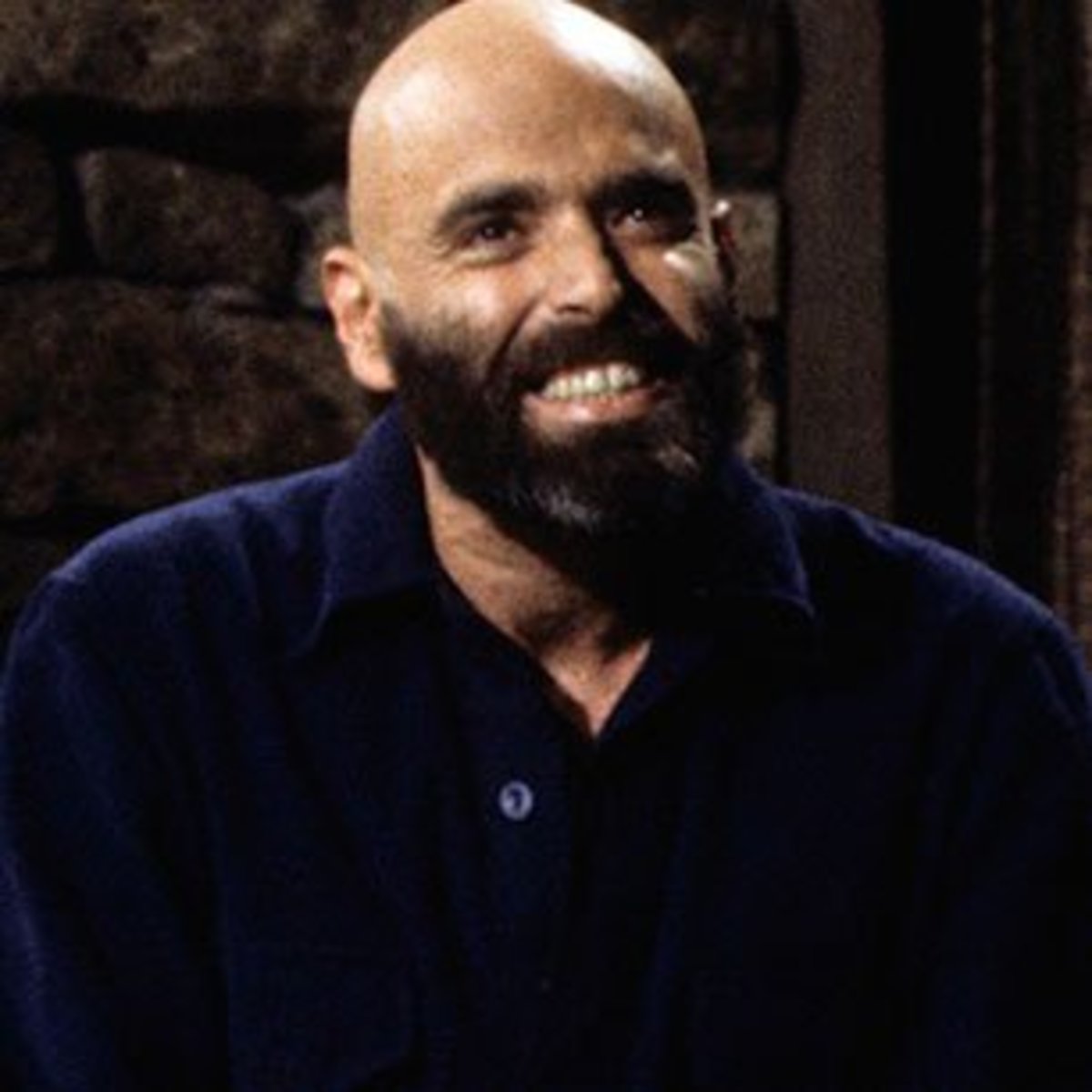The Amelia Earhart Enigma - Mystery Files
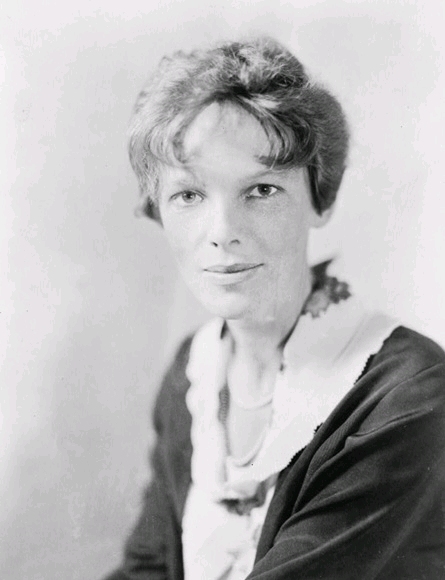
Who was Amelia Earhart
During the 1930s, the name of Amelia Earhart was synonymous with flying and daredevilry. She was America's best known female pilot and had superstar status, with fans all over the English speaking world.
She was a record smasher, setting and surpassing many aviation records. She was an inveterate Tomboy, taking on and beating many male pilots at their own game. Loved by men and admired by women, she soon became the nation's sweetheart.
Amelia had a burning desire to fly, ever since she was taken on a pleasure flight at Long Beach on December 26th 1920. The flight lasted a mere ten minutes, and had cost $10. It instilled in Emelia a burning desire to learn to fly.
By working at a variety of jobs, including Stenographer, Photographer and Truck Driver, she managed to save an impressive $1000 which she was determined to spend on flying lessons.
On January 3, 1921, at Kinner Field near Long Beach, Amelia had her first flying lessons, under the tutelage of Anita "Neta" Snook, who was pretty well known herself as a pioneer of female aviation.
Anxious not to come over as a "Newbie", Amelia cropped her hair short, as was the style amongst aviatrix of the time. She also slept in her leather jacket for three nights, to disguise it's newness and make it appear worn.
Within six months, Amelia had purchased her first plane. It was a second-hand Kinner Airster biplane. It was bright yellow in colour, and she nicknamed it "The Canary".
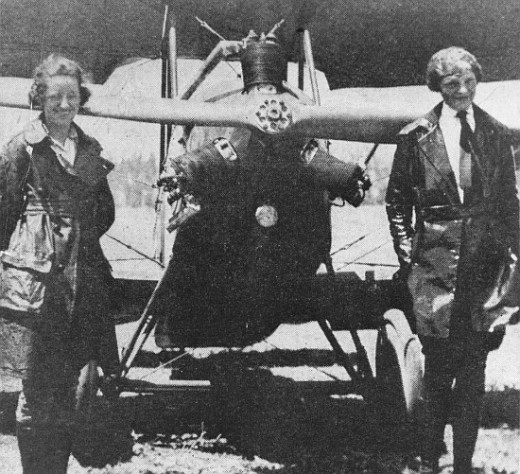
Amelia the Record Breaker
On October 22, 1922, Earhart took off in her Airster and flew it up to an altitude of 14,000 feet (4,300 m), in the process, setting a world altitude record for female pilots.
On May 15, in the following year, Earhart became only the 16th woman ever to be issued a pilot's licence by the Fédération Aéronautique Internationale (FAI).The licence number was 6017.
Following Charles Lindbergh's first solo flight across the Atlantic in 1927, pilots William Stultz and Louis Gordon, were looking for a gimmick to publicise their own transatlantic flight. They invited Emelia to join them - not as a pilot, but to keep the flight log. This would nevertheless make her the first woman ever to fly across the Atlantic.
The plane, a Fokker F.VIIb, took off from Trepassey Harbor, Newfoundland, on June 17, 1928, and landed at Bury Port (near Llanelli, Wales, United Kingdom), almost exactly 20 hours and 40 minutes later - She was reported to have received a "Rousing welcome" in the UK - Amelia's fame was growing.
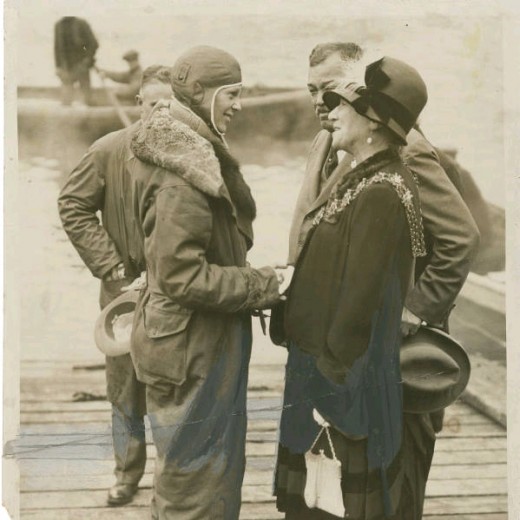
Amelia wanted her next achievement to be the first woman (and the second person ever) to solo fly the Atlantic.
She took off from Harbor Grace, in Newfoundland on May 20, 1932, to fly to Paris, but ice, strong winds, and mechanical glitches plagued her journey. She was forced to make an emergency landing in a field near Londonderry in Northern Ireland.
The news of her flight spread like wildfire. When she returned, President Hoover presented her with a gold medal, which had been given by the National Geographic Society, and Congress awarded her with the first ever Distingushed Flying Cross to be given to a woman
- her fame was now assured.
The Big One
Over the following few years, Amelia accumulated even more records with predictable regularity. It was now 1937 and she was approaching her fortieth birthday.
She felt the time was now right to tackle the biggest challenge of her life; to complete her round-the-world flight by the equatorial route. This would involve crossing the Pacific. It would be another first, and the longest ever flight by a woman.
Amelia may have been planning this to be her swan-song. In one of her letters, she wrote that she hoped that the around the world flight would finally lay to rest her compulsion to fly and she hoped that she could then settle down.
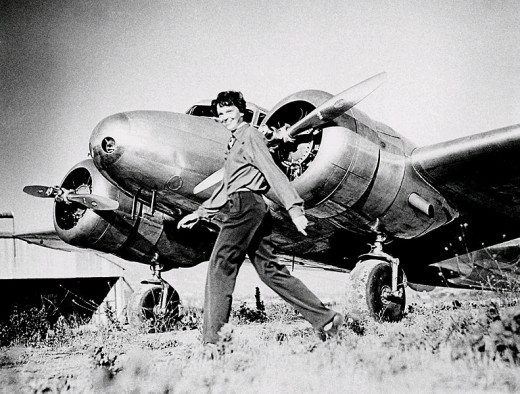
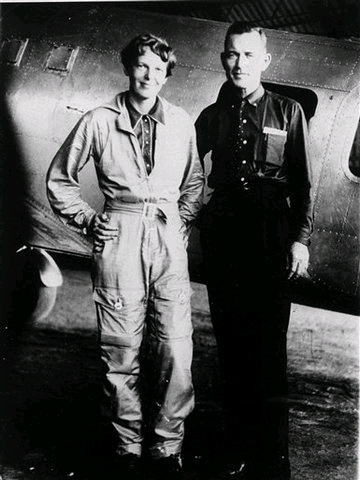
After an abortive first attempt on March 17th 1937, Amelia once again took off from Lae, New Guinea, on May 21st, 1947. The plane, a powerful twin-engined Lockheed Electra, overloaded with 1100 gallons of fuel, struggled to get airborne. The only other crew member was Frederick Noonan, her navigator.
Their intended destination lay 2,556 miles ahead of them, a tiny bit of land just a mile or so long called Howland Island.
After take-off, she remained in radio contact with New Guinea for some seven hours. The next day, Earhart made her first contact with the Itasca - a Coast Guard craft - at about 3 am. The Itasca was anchored offshore of Howland, and had been ordered to turn on every light on the ship in order to be visible to Earhart's approach to the island. She called in again some forty-five minutes later, but the signal was too faint to make out her words.
At 6.15 am. Earhart once again called in asking for the bearing of her signal. However the signal strength was too weak, and the duration too short to take a bearing.
At 6.45 am. - fifteen minutes after her ETA to land at Howland Island - She again called in for a bearing, but as before, the signal was to weak to take one.
Earhart called in three more times between 7.45 and 8am. She was saying that she must be close to the vessel, but still could not see it, and that her fuel was low - dangerously low. Each time, she also asked for a bearing, but her signal was becoming weaker with each call she made.
Some forty minutes after her fuel should have run out, a transmission was received: It said "We are on line of position 157-157, Will repeat message... We are running North and South..." That was the last time any message that could be confirmed to be from Earhart was received.
A huge search effort was put in motion to find her, but no trace of Earhart, Noonan or the plane was ever found.
The Search for Amelia
A huge search effort was immediately put in motion to find her, which became the most extensive search of sea and air in the history of the Navy. For several days after the crash, sporadic transmissions, separated by hours of silence, were heard:
"...We are on line of position 156-157..."
"...don't hold... with us much longer... above water... shut of..."
"...ship on reef ...south of equator..."
Although the transmissions seemed to be a female voice, no identification as to the sender was ever included
On July 19th, following a search operation that had cost $4,000,000, the operation was finally called off. No trace of Earhart, Noonan or the plane was ever found.
One theory suggested that they may have crash landed on nearby Nikumaroro island. Part of the island would submerge at high tide, and it was thought that this could explain the sporadic transmissions that were heard - if the plane had ended up there, the transmissions would only be able to take place at low tide. The times of the transmissions were tested against Nikumaroro's tide times - All but one coincided with low tide.
Nikumaroro Island has been painstakingly searched many, many times since, but other than a cigarette lighter, and a size nine shoe sole, nothing has ever been found.
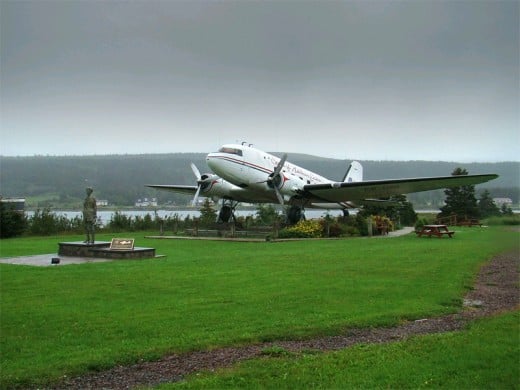



Some more Mystery Files
- D.B.Cooper and America's Only Unsolved Hijacking - Mystery Files
On November 24th 1971, An airplane passenger calling himself Dan Cooper successfully Hijacked a Boeing 727, collected $200,000 in ransom, and then using parachute, left the aeroplane in flight, somewhere over the south west Washington area - And was - The Disappeared of Flannan Isle - Mystery Files
The true but eerie story of a remote Scottish lighthouse where the three keepers just vanished of the face of the earth, and were never seen again. - Curse of the Crying Boy Picture - Mystery Files
Following a horrific house fire in Rotherham, UK, the ground floor was ravaged and reduced to little more than charcoal and cinders, but there in the middle of all the devastation remained one solitary item, completely untouched by the inferno that

